The RISE Program
Stages of the RISE Project
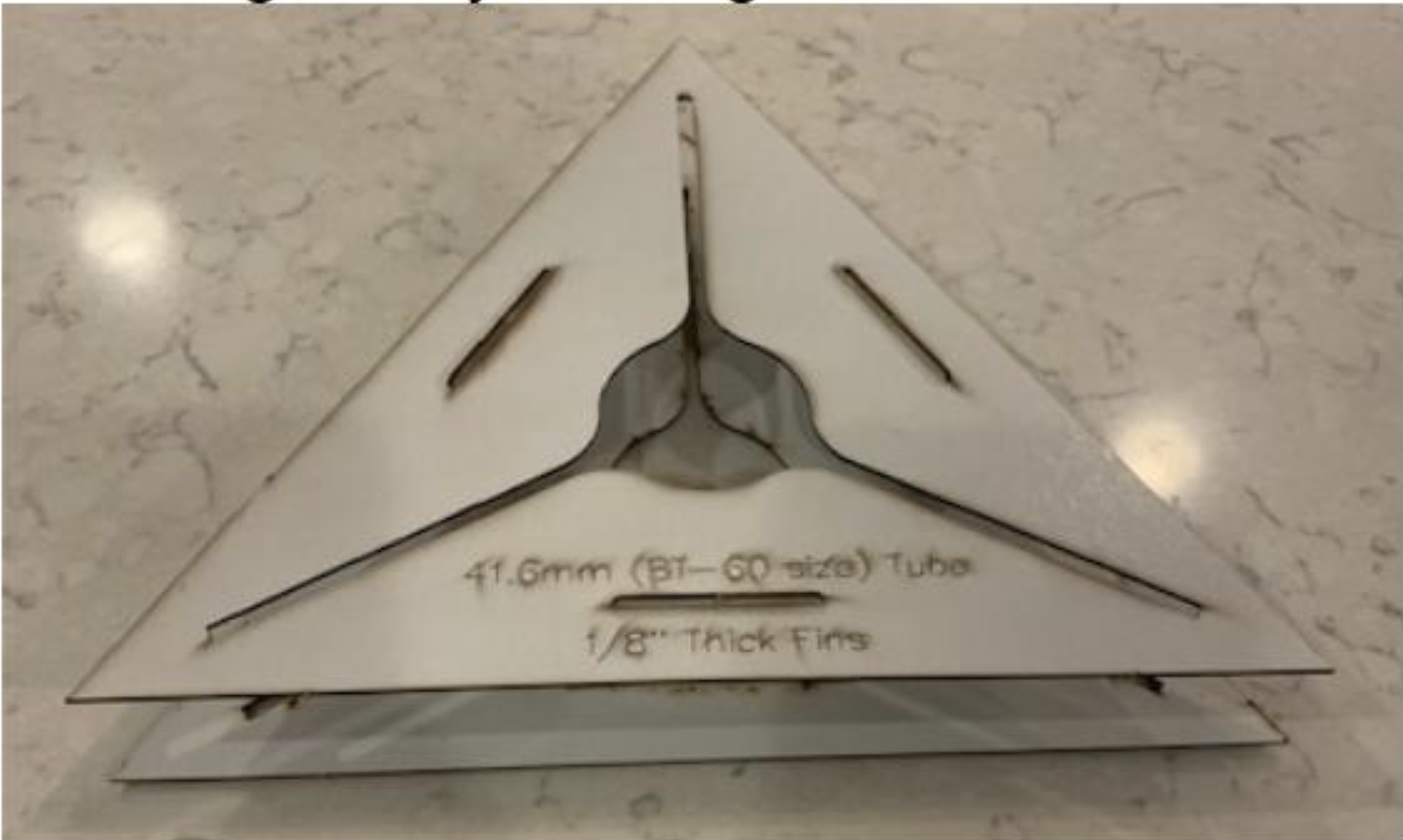
Week 1
Students begin the construction of their rockets using the provided kits. Specifically, they will learn to set up the tools needed to align the rocket fins, prepare the mounting mechanism for the rocket motor, and set up the payload tube and coupling mechanisms.
Week 2
Students will begin attaching real components to their rockets. To start, they will add their tail fins (using the tool they constructed the previous week) and nose cones. Then they will outfit their payload tube with the shock cord mechanism used to release their payload and sensor suite. Lastly, they may have the option of beginning to assemble their payload deck.
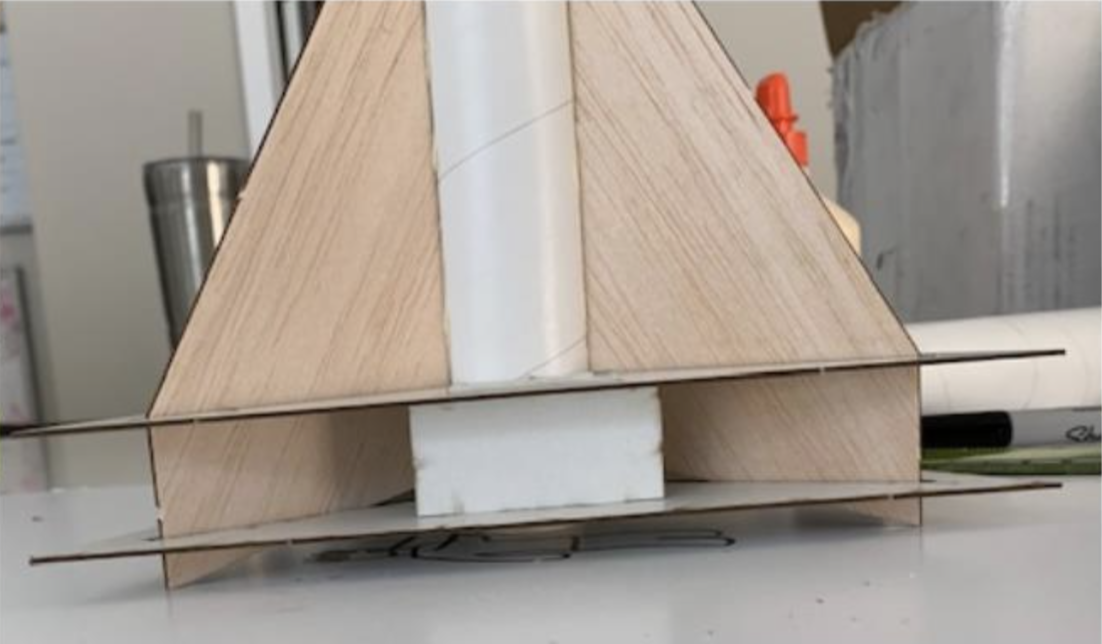
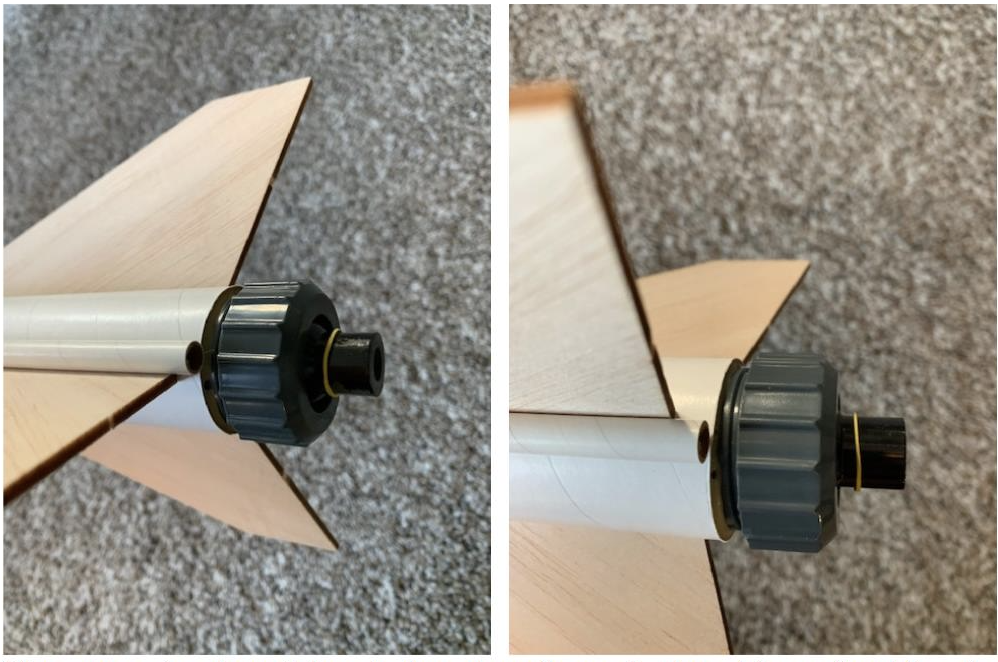
Week 3
On Week 3, students will install their motor and motor mount and attach their parachute to their payload tube and shock cord from the previous week. Lastly, students attach their launch lungs to the end of their rocket tubes. Some instruction of knots and packing will be taught to ensure that parachutes are successfully tucked into the payload tube.
Week 4
On Week 4, students will learn to use the Raspberry Pi Zero General Purpose Input/Output (GPIO) connections to take data from pressure, temperature, acceleration, and magnetic field sensors using the I2C communication protocol. The electronics will be developed using circuit prototyping breadboard before the connections are soldered for flight. A Raspberry Pi camera will also be installed using the Pi camera connection. Flight code will be developed using Thonny, a Python shell native to the Raspberry Pi, and data analysis will be completed using the Pandas Python package.
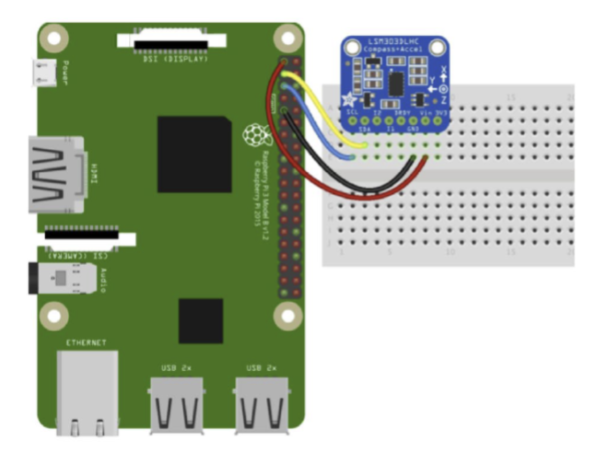
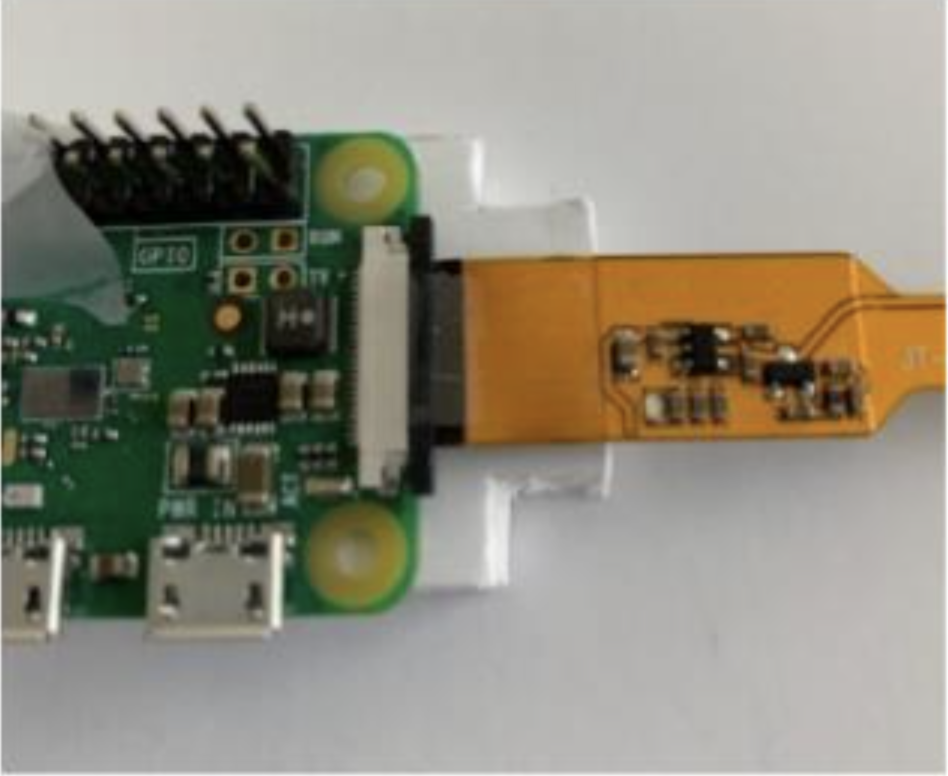
Week 5
On week 5, students will install their electronics suite into the payload tube. All of the electronics assembled between weeks 2 and 3 will now be added to the rocket. Following this, rockets should be complete!
Week 6
After finishing the assembly of the rockets, students spend their sixth week of the project doing pre-flight preparations for their build. This mainly consists of wadding or padding the electronics and components of their rocket to ensure they are not damaged during transport and flight. Rockets are also checked for balance to ensure their center of gravity is correctly aligned for launch. Components of the completed rocket will be measured and weighed so that a model of the rocket can be made in OpenRocket. The accuracy of this model allows the students to determine the stability of their rockets and provide a simulation of flight data. The simulation data is used by the students after payload recovery as a comparison point to their flight data.

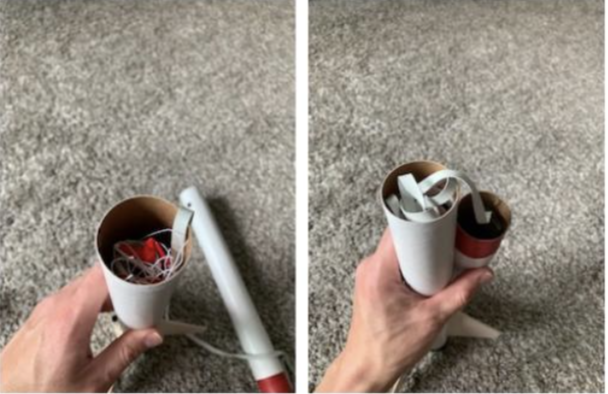

Launch Week!
On launch week, students will remove their electronics and run their code to ensure that they are receiving the correct signals. Motors and rails are prepared with the assistance of Group researchers, and rockets are launched! Students can then view the video taken by the onboard camera and view the collected data.